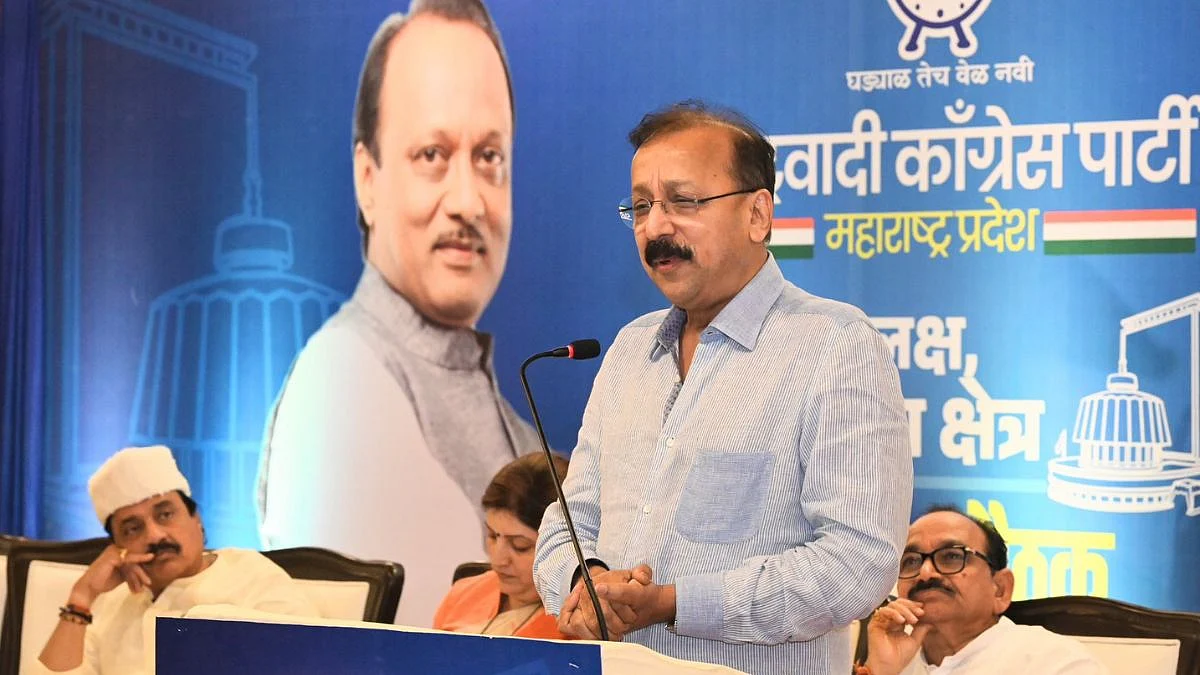As India's Chandrayaan-3 travels to the Moon in search of water, among other studies; an interesting story of ISRO itself began from the altar of St Magdalene's Church in a tiny fishing hamlet in the southern Indian state of Kerala.
In an age of mindless religious animosity, an event during my early journalistic days comes as a whiff of fresh air. What the then principal scientific adviser to the Government of India, late A P J Abdul Kalam (1931- 2015 - who later went on to become one of India’s best-loved presidents), said holds true even today. I wish to recount that incident that made my heart swell with pride, so here goes.
Sometime in September 2001, I was assigned to cover President Kalam delivering the Narla Tata Rao's first endowment lecture in Hyderabad.
Kalam, who was called the missile man, had earlier headed India’s missile development programme. The country has indeed come a long way from firing sounding rockets in 1963 to launching over 104 satellites in one go, not to forget the hugely-successful Chandrayaan I (Moon) and the MOM (Mars) Missions and now the third moon mission Chandrayaan-3 - aimed at landing a rover on unchartered Lunar South Pole. Only an exclusive club of nations have achieved those feats.
A little-known fact was that a small church in Kerala’s backwaters took a giant leap of faith in India’s journey to the heavens, literally! Well, it isn’t anything that they call that state ‘God’s own country!” For him, this was literally a mountain-top experience.
SPIRITUAL LOCATION
Kalam narrated how the country had the best of leaders in science, technology, history, politics and industry at the dawn of freedom. All these stalwarts had a vision and a universal mind, which transformed India into a developing country within a short time after freedom.
In 1962, eminent space scientists Dr Homi Bhabha and Prof Vikram Sarabhai were scouting for a place to establish a space research station in the equatorial region. These two great scientists visited several places and finally zeroed in on Thumba, a small fishing hamlet near Thiruvananthapuram. Thumba was near the magnetic equator within the flow of electrojet and it was ideally suited for ionospheric research in the upper atmosphere, apart from the study of atmospheric structure.
Relating the history of the Thumba Research Centre, Kalam said, “In the 1960s, Thumba was a small fishing village on the outskirts of Thiruvananthapuram city. But for the country's space scientists, the location was exceptional as it was very close to the earth's magnetic equator. "The site selected at Thumba lay between the railway line and the sea coast, covering a distance of about two and a half km and measuring about 600 acres."
However, there was one problem. Within this area, stood a large and ancient church of St Mary Magdalene and also a Bishop's House, whose site had to be acquired.
The original church at the site was founded in a thatched shed in 1544 by St Francis Xavier. It was renamed after St Bartholomew in 1644 and brought under the Jesuit priests in the domain of Portugal. In 1858, by a Papal decision, it was attached to the newly created Diocese of Cochin. Work started on a new church during the early years of the 20th Century. The architects and sculptors came from the nearby state of Tamil Nadu.
As work progressed, some fishermen sighted the statue of St Mary Magdalene on the seashore. Strangely, a wooden pole was also washed ashore. The statue was blessed and consecrated in the church. The pole was erected as a flag mast in front of the church. Ever since, this has been known as St Mary Magdalene Church.









